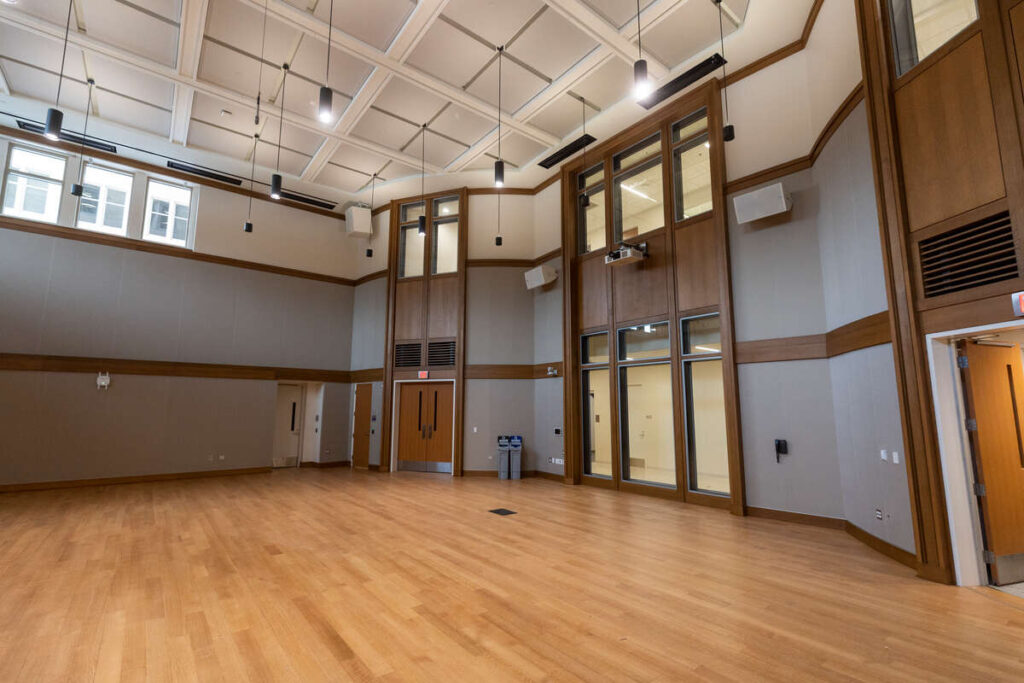The University of St. Thomas, as part of the flexible pathways priority in its strategic plan, will explore whether to open a two-year Catholic college as a way to increase access and affordability and ultimately lead to four-year degrees for Minneapolis and St. Paul area high school students.
The St. Thomas Board of Trustees earlier this month expressed enthusiastic support for the exploration, which will begin this summer. A two-year Catholic college opened by a four-year Catholic university would be the second in the United States; Loyola University Chicago will open Arrupe College this fall.
“The concept of a two-year college aligns with St. Thomas’ mission as a Catholic university," President Julie Sullivan said. “We are committed to expanding access to a personalized and holistic learning experience, reducing student debt and contributing to eliminating the college education gap in the Twin Cities.
“Our flexible pathways strategic priority seeks to respond to fluctuations in demographics and economic challenges by identifying new and alternative ways for students to enroll at St. Thomas, complete a St. Thomas education and succeed in the job market,” she said. “A two-year college is an intriguing concept to provide a debt-free, two-year pathway to a four-year degree.”
Sullivan will ask a group of St. Thomas faculty and staff to explore the two-year college concept. The group will work as part of the Flexible Pathways Task Force, a 15-member group co-chaired by Dr. Kendra Garrett, professor in the School of Social Work, and Dr. Michael Jordan, associate vice president for undergraduate studies and academic advisement.
Objectives of a two-year college could include:
- To provide an opportunity for a small cohort of motivated students who want to pursue a college education but have limited resources to initially enroll at St. Thomas or other four-year institutions.
- To provide strong instruction, academic counseling, personal interaction and a support system in preparing students to earn associate’s degrees and subsequently enter St. Thomas or other four-year institutions to complete bachelor’s degrees.
- To increase the number of low-income, first-generation, minority and immigrant students attending college, and improve their retention and graduation rates.
One model that St. Thomas will explore is Arrupe College, which Loyola University Chicago will open this fall with an initial cohort of 100 students. The two-year Arrupe program intends to provide maximum student aid through Pell and state grants, small scholarships and no loans; enroll students with ACT scores of 17-22 and high school GPAs of 2.5; and concentrate on a standard core curriculum for four-year institutions. Students will be in class 40 weeks a year and seminars will be offered on pertinent topics during the two-week breaks between the five eight-week sessions. Ultimately, Arrupe expects to enroll a total of 400 first- and second-year students.
St. Thomas initially will explore housing the two-year college on its Minneapolis campus because of its public transportation access and available daytime space. Specific timetables have not been set to make a decision on whether to open a two-year college or when one would open if the decision were made to move forward.







